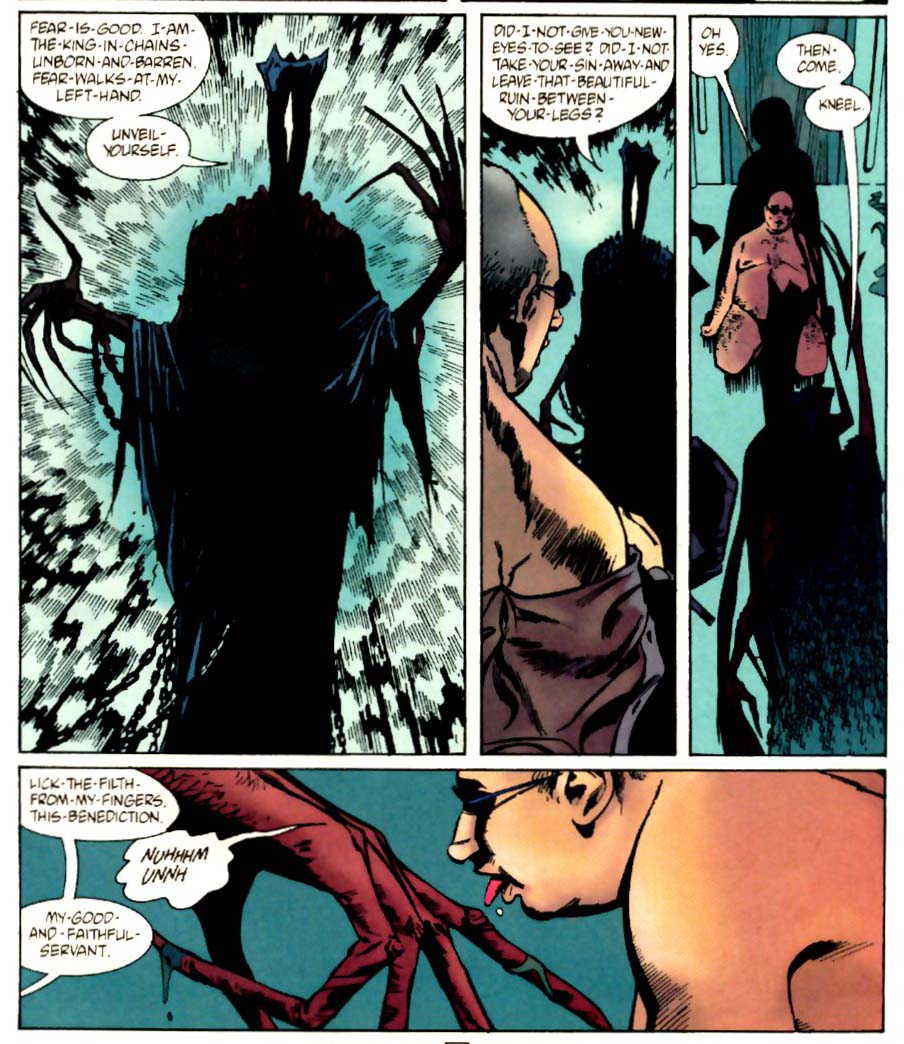Kieron Gillen has written some of my favorite comics over the last few years: Phonogram, Young Avengers and Wicked + Divine. He's also work on Thor and other properties around the Marvel Universe. Some of the things that he writes resonates with me, particularly because of his use of pop music as a thread through his writing. I've found a few good indie bands because of his comics (and I rediscovered my love for the unappreciated British power pop band Kenickie).
In the wake of Warren Ellis' long-running email newsletter, I've started following the newsletters of a couple of other comics creators, and Gillen's newsletter is one of them. If you know of any comic creators doing email newsletters like this, let me know. I'd love to see more. I would love to see more RPG creators doing something like this as well.
In my recent post from Warren Ellis' newsletter about privacy, one of the links was to setting up a free email newsletter. I think that it would be interesting to see people like Steve Kenson, or some of the OSR people even, give this a shot. It is sort of like a private blog. I've been considering it myself.
However, I digress. This post was going to be about Gillen. In his newsletter of today he posted a quote from his self-introduction to a panel about diversity that he was a member of a a comic convention. I thought the words were good ones, and helped sum up why people like myself call for wider representation, and a greater diversity of views, in comics, role-playing games, and other forms of media, geeky and otherwise.
I hope that you like what he said as much as I did. I think that it should be provoking some conversations.
He also mentions "formalist" in this introduction, and in case you're wondering what that means, he had some talk about it over here.Here are a selection of diverse thoughts about the state of diversity.Perfection is impossible. Relax. “Progressive” imply change. There is no utopia, no stasis. Even the most radical in the room will be Germaine Greer one day. In 20 years time, almost everything all of us are about to say will be problematic. Especially, I suspect, the word “problematic.”Hearing about girls sitting down and reading Ms. Marvel in the middle of a comic shop and breaking into tears would move anyone. Even a monster like me. However, as important this is, we must not forget the powerful effect on people other than those depicted. By consuming culture about people other than ourselves we flower, and our capacity for understanding and empathy expand. Diversity of culture we consume is one of the the best weapons we have to improve the world. In as much as I was saved, I suspect was saved by Tenar in Ursula Le Guin’s Tombs Of Atuan. I think that Rey may yet save a generation of boys.It is heartbreaking when I speak to my female peers and say they’ve never had a female role model.I often wonder how having female heroes effected Jamie McKelvie and my own work. We’re monsters, but I suspect less so.Diversity is not just a social justice issue. Diversity is a formalist issue. Diversity makes better art, as it is truer to the world. The world is diverse. If the art our culture produces does not have the diversity of the world it pertains to show, the art is failing us.As a creative community we are in a position where all but the biggest dinosaurs agree that diversity is good. We are all pro diversity. This is a problem, in the same way that almost everyone expresses anti-racist sentiments in a world when everyone, via the background radiation of society, is to some degree racist.To quote Jordie Bellaire’s campaign, Comics Are For Everyone. However, that should not be confused with All Comics Are For Everyone. You cannot please everyone. That is both a truism and a directive. You should not be trying to please everyone. Ironically, the self-censorship makes less diverse art including less diverse world-views.Creatives are not just a machine to deliver diversity.Creatives are petrified in Writing The Other. To be honest, Creatives are petrified of Writing The Same.I have a test for diversity. If you are using the Bechdel test in any seriousness, your writing about diversity is almost certainly pretty poor. This is surface level reading of culture. Really thinking about sexuality, about gender, about race, about everything needs to be deeper.In a single work of art, Diversity is a zero sum game. To write a love triangle between men in Young Avengers I had to include more men. As such, I had less women than I’d like in Young Avengers. An expectation of full diversity inside any individual work actually limits the stories you’re able to tell.Diversity is necessary but not sufficient. Treating bad art with good diversity kindly is worse than useless, because if we do then we are reducing the value of our critical opinion’s coin. As such, it worries me when I see articles about my books which have the #1 reason to read it being the diverse cast. That petrifies me.The biggest problem in comics is the lack of diversity in the talent pool. Frustratingly, there is no quick fix for all manner of tedious economic reasons. There is a medium term fix. I believe in five years, the industry will be almost unrecognisable. I am optimistic, god help me.I think white men should probably shut up more. So I will.
I hope that his words spark something in some of you.











